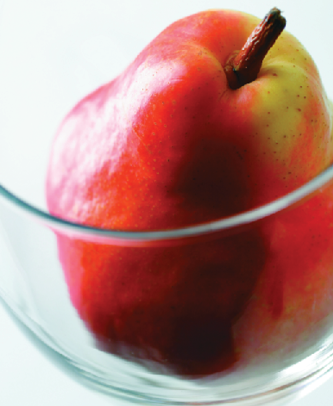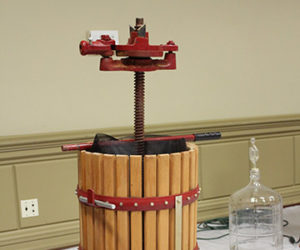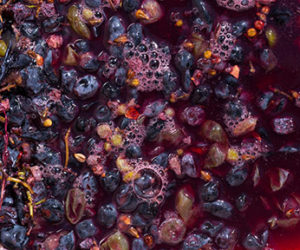
There are many necessary steps to create a stellar country wine, but, as with any wine, none are more important than selecting and preparing the fruit. No matter how carefully you follow the other steps when making wine or how long you allow it to age, no wine can be better than the fruit used to make it.
Just about any variety of fruit can be used to make country wine, so your first decision must be to choose which one, or which combination of fruit, to use. Then, you need to know what to look for in that fruit. In general, consider the same variables as you do when preparing fruit for any other recipe or eating it fresh. Probably the most obvious consideration is a fruit’s ripeness. Using fruit before it fully ripens, or after its best days are behind it, will result in your wine lacking the fruit’s true character. In addition to tasting the fruit, also consider its aroma and test its titratable acid (TA) and pH levels. Adjustments to those levels will likely need to be made during the winemaking process, but you should always know where you are starting from (see WineMaker’s April-May 2013 issue for the Managing Acid in Fruit Wines column offers more details on making those necessary adjustments).
A fruit’s freshness is also critical. You want to use fruit that has as much natural sugar as possible, and that means ripe, fresh fruit. By the time those strawberries are placed on the shelves of your local grocer, it’s likely been days, if not more than a week, from the time they were harvested. (Depending where you live, it’s likely they have also been shipped hundreds of miles; calling into question how they were handled and stored between harvest and arriving on your grocer’s shelves).
If possible, pick the fruit for your country wine the same day you plan to make it. Or, if you cannot use the fruit-picked immediately, freeze it. Many winemakers actually prefer freezing their fruit and thawing it when they are ready because the process helps break down the pulp and release more juice. You want to avoid fruit that is bruised or is starting to mold.
We often get questions about how thorough a wash is recommended. Other than giving fruit a good rinse and rub to get off dirt, bugs, or any chemicals that may have been sprayed on the fruit, great lengths for sanitization are not necessary because primary fermentation and SO2 additions will kill any microbiological organisms that may linger on the fruit.
The next step in preparing fruit is breaking it down. Some fruit, like berries, can just be crushed, but larger fruits such as apples, plums or peaches, should be cut into pieces to maximize the juices that can be drawn from them. Make sure to use a sanitized cutting board and knife when slicing up your fruit and try not to lose any of the juice — cut over a bowl or even your primary fermenter when dealing with tremendously juicy fruit.
Selecting the best fruit and preparing it appropriately does not guarantee your country wine will win a gold medal, but it will give you the foundation for such a wine.






